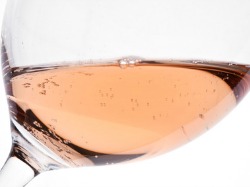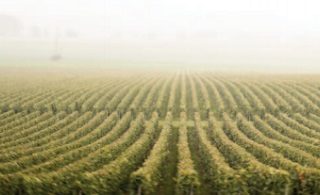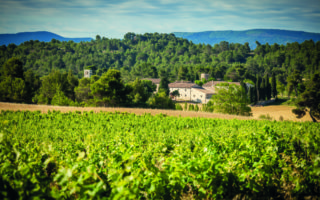A Guide to French Rosé Wine


The refreshing ‘other’ choice
Real Rosé is real wine that’s produced in a manner that emphasizes the freshness and charm of youth. It is typically meant for early consumption, but not limited to a six-month shelf life like fruit juice or that famous short-term carouser, Beaujolais Nouveau. It is sometimes even more delicious the second year in bottle.
We really don’t know how, or where, the first Rosés came to be made. The idea might have originated in ancient Greece, where red wines were sometimes diluted with water to reduce their strength and so reduce the potential for inebriation. An interesting theory, but pink wines might have been created by accident, not by design.
By design, “real” Rosés are produced from red wine grapes – not by blending red and white juice. Although some winemakers do practice blending, the resulting wines are not true Rosés. They’re simply pink drinks, which lack the refreshing clarity and nuanced expression of true Rosé. The one worthy exception is of course, Champagne.
Rosés are produced in wine regions around the world, in hues ranging from pink to salmon, with complementary aromatics and flavors. They tend to be more delicate than their red wine counterparts, but the best offer the distinctive personality of grape, region and land. The shades of Rosé are determined to some degree by the skin pigments of the varietal, but the ultimate color is most dramatically affected by the method of production.
In the first approach, grapes are crushed or slightly broken, chilled, and cold macerated for a short time (this can range from a few hours to 48 hours). The juice is then drained off and fermented, similar to the process for white wine. The other method bypasses the cold soak. Here, whole or crushed grapes go directly to the vat to begin the fermentation process and subsequent release of color. The winemaker periodically checks color, until the desired hue is achieved, then drains (or bleeds off) free run juice to complete fermentation in a separate tank. This technique is often referred to as saignée. In both processes, the wines complete fermentation without skin contact.
It’s not important to know any of this to enjoy Rosé. Just pour yourself a glass – the color, fragrance and flavor will convey all you really need to know.
Share to: Facebook Twitter LinkedIn Email
More in champagne, courses, land, wine
By FrenchEntrée
Leave a reply
Your email address will not be published. Required fields are marked *



